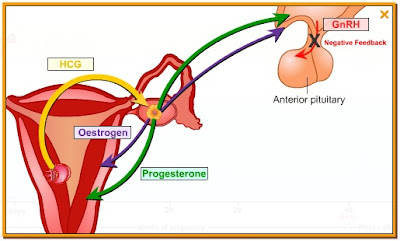Experiment 4 by L6ScZeta 2012
 |
| Enough or not?...enough or not??..... |
 |
| One drop...two drops...three drops........ |
 |
| Now...see this...this is how to hold it... |
 |
| Where is the reading??? |
Experiment 4 by L6ScGamma 2012
 |
| L6ScGamma in action....... |
 |
| Is this mine?...I think this is yours.........wait......I think....... |
 |
| Give a BIG smile!...you're on candid camera........ |
 |
| Huh!....Oh..oh.!.caught in action........ |
 |
| Ohhhh.....so......sweet........ |
 |
| OK! Everybody! Time's up! Stop smiling and start working....... |
 |
| One drop...two drops...three drops....... Oh oh..no more already! |
 |
| I think mine is overcooked...How about yours? Oh!...mine is well done! |
 |
| Hemmm....how come mine is still dark blue.....??? |
 |
| Now...add saliva to the starch slowwwww...ly.......and..... stir fast! |














